Jharkhand (JSSC) PRT Paper III Mock Test - 5 - Jharkhand (JSSC) PRT/TGT MCQ
30 Questions MCQ Test - Jharkhand (JSSC) PRT Paper III Mock Test - 5
According to the recently released data by the National Statistical Office (NSO), what was India's real gross domestic product (GDP) growth rate in 2022-23?
Which of the following wrestler won bronze in the 53kg category at the 2023 World Championship?
Which of the following temples of Karnataka included as UNESCO World Heritage Sites in September 2023?
Which of the following pairs is/are incorrectly matched?
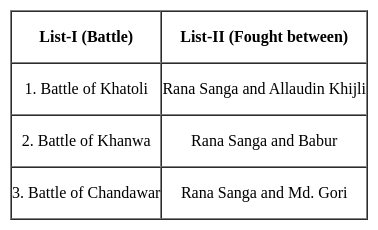
After defeat in which battle, the Mughal emperor granted the Diwani rights of Bengal, Bihar and Orissa to East India Company?
Consider the following statements with respect to the laterite soil:
1. The laterite soils develop in areas with high temperature and high rainfall.
2. These soils are rich in organic matter, nitrogen, phosphate and calcium, while iron oxide and potash are present in poor quantities.
3. Red laterite soils in Tamil Nadu, Andhra Pradesh and Kerala are more suitable for tree crops like cashew nuts.
Which of the above statements is/are correct?
Which among the following soil horizon is known as the layer of surface soil?
Which of the following statements are incorrect about Democracy?
A. In democracy the accountability of the government is ensured.
B. Democracy represents majoritarian opinion therefore it can not be considered unnatural.
C. In a democracy interest of diverse groups of society can be negotiated.
D. In a democracy, legislations are always lingered on, which is against the spirit of good and efficient governance.
What is the value of 0.9276 + 0.264 + 0.024 + 0.0524 + 0.2845 + 0.29?
A bottle is filled  with milk. Another packet of 500 mL of milk is needed to fill this bottle completely. What is the capacity of the bottle?
with milk. Another packet of 500 mL of milk is needed to fill this bottle completely. What is the capacity of the bottle?
Identify the shape with the following properties:
A. It has 4 sides.
B. It is a closed figure.
C. Opposite sides are parallel.
D. All angles are equal.
Jayanth purchased 2 kg of Jamun at the rate of Rs. 100.00 per kg. His friend Kirana has contributed  of the money for it. How much Jamun she should get from Jayanth?
of the money for it. How much Jamun she should get from Jayanth?
The following table shows the marks in English and Mathematics obtained by four friends :
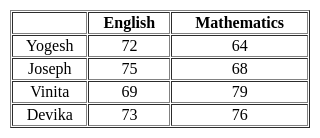
Which of the options given below is correct ?



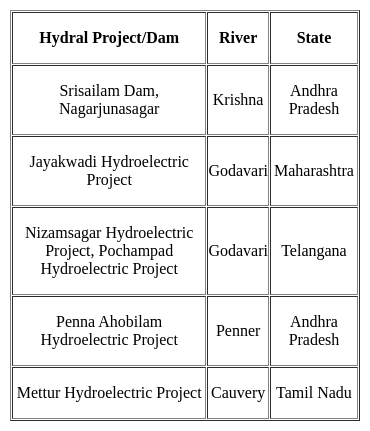
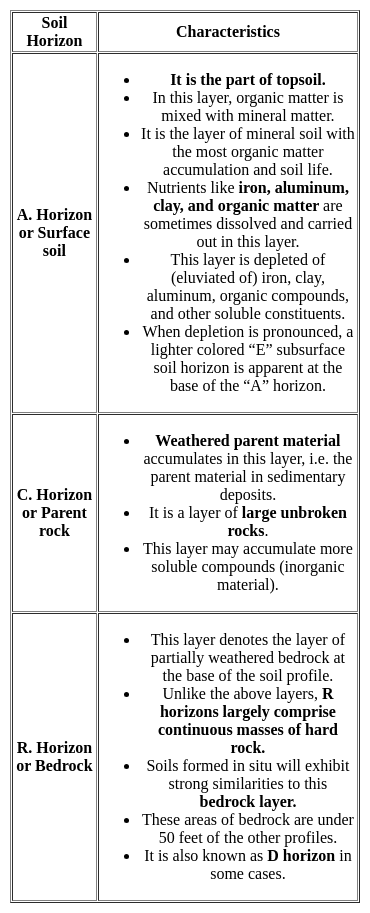
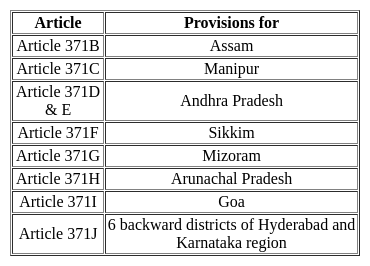


 of the money for it.
of the money for it.










